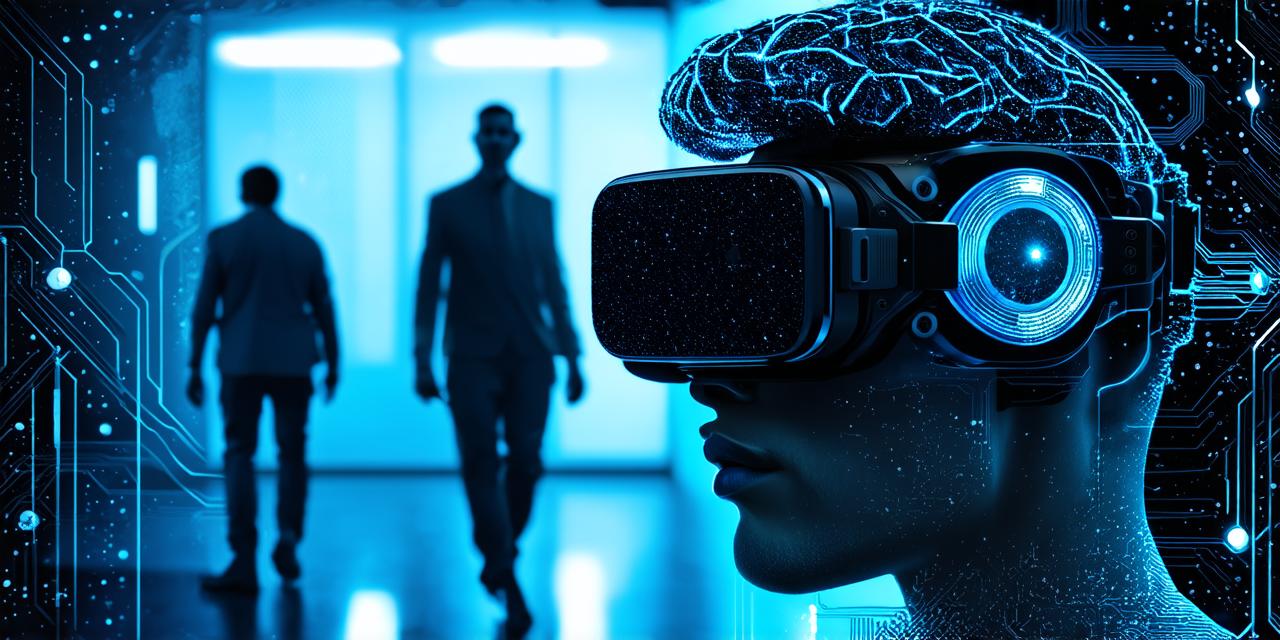Virtual reality (VR) is an exciting technology that has the potential to revolutionize how we experience and interact with digital content. VR creates immersive environments that can simulate real-world experiences, such as flying over a city or exploring the depths of the ocean. However, understanding the relationship between human perception and VR is critical for developing effective and engaging virtual reality experiences. In this article, we will explore how human perception influences VR experiences and examine case studies that demonstrate the power of VR to enhance perception and cognition.
The Importance of Human Perception in Virtual Reality
Perception refers to the process by which we interpret and make sense of sensory information from our environment. Human perception is a complex and dynamic process that involves multiple senses, such as sight, sound, touch, taste, and smell. In VR, human perception plays a crucial role in determining how users perceive and interact with virtual environments.
Human perception is influenced by a variety of factors, including prior knowledge and experience, expectations, attention, motivation, and emotions. These factors can affect how users perceive and remember virtual experiences. For example, if a user has prior experience with a particular type of environment, they may have specific expectations about what the VR experience should entail.
Similarly, if a user is highly motivated or emotionally engaged with the content, they may be more likely to perceive and remember the experience positively.
The Relationship Between Human Perception and Virtual Reality
Virtual reality experiences are designed to simulate real-world environments, but they can also be customized and manipulated in ways that are not possible in the physical world. For example, VR can adjust lighting, sound, and other sensory inputs to create a more immersive and engaging experience. However, the relationship between human perception and VR is still complex and multifaceted.
One key aspect of the relationship between human perception and VR is the concept of presence. Presence refers to the degree to which a user feels as if they are truly in the virtual environment. Presence can be influenced by factors such as the quality and realism of the visuals, the level of interactivity, and the sense of immersion.
Another important factor in the relationship between human perception and VR is the concept of agency. Agency refers to the degree to which users feel like they have control over their actions and interactions within the virtual environment. Studies have shown that higher levels of agency can lead to more positive attitudes towards VR experiences and increased motivation to explore and interact with the content.
Case Studies and Personal Experiences
There are many case studies and personal experiences that demonstrate the power of VR to enhance human perception and cognition. One example is the use of VR in education and training. For example, a study conducted by the University of Maryland found that medical students who learned through VR simulations had better performance on practical skills tests than those who learned through traditional methods. The study attributed this difference to the increased sense of presence and agency provided by the VR experience.
Another example is the use of VR in therapy and rehabilitation. For example, a study conducted by the University of Washington found that VR exposure was effective in reducing anxiety and depression in patients with post-traumatic stress disorder (PTSD). The study attributed this effect to the ability of VR to create a safe and controlled environment for exposure therapy.
Personal experiences can also provide insight into the relationship between human perception and VR. For example, one user reported feeling more immersed in a VR experience than they had ever experienced in the physical world. They attributed this feeling to the high-quality visuals and sound, as well as the ability to interact with the environment in ways that were not possible in real life.
